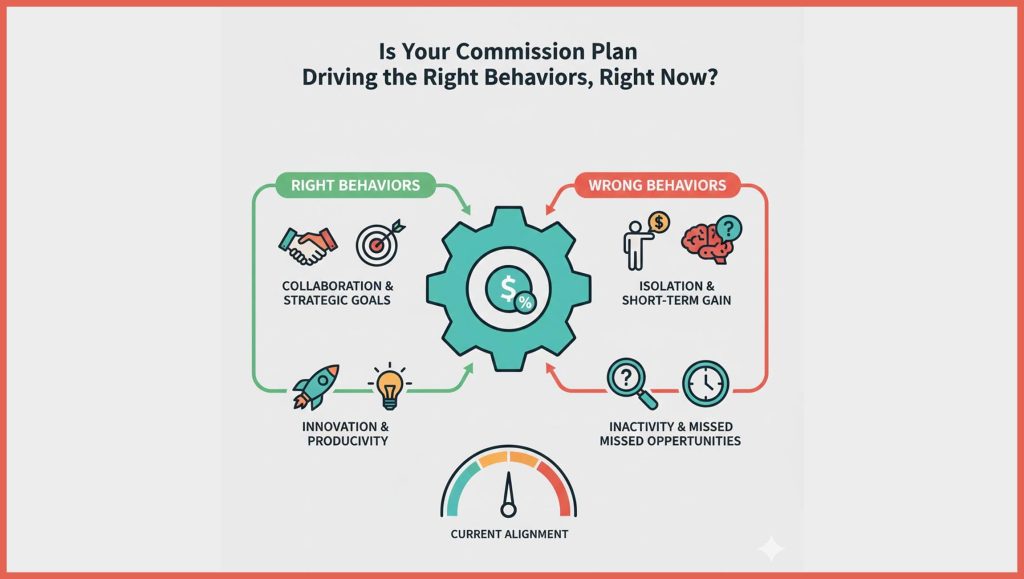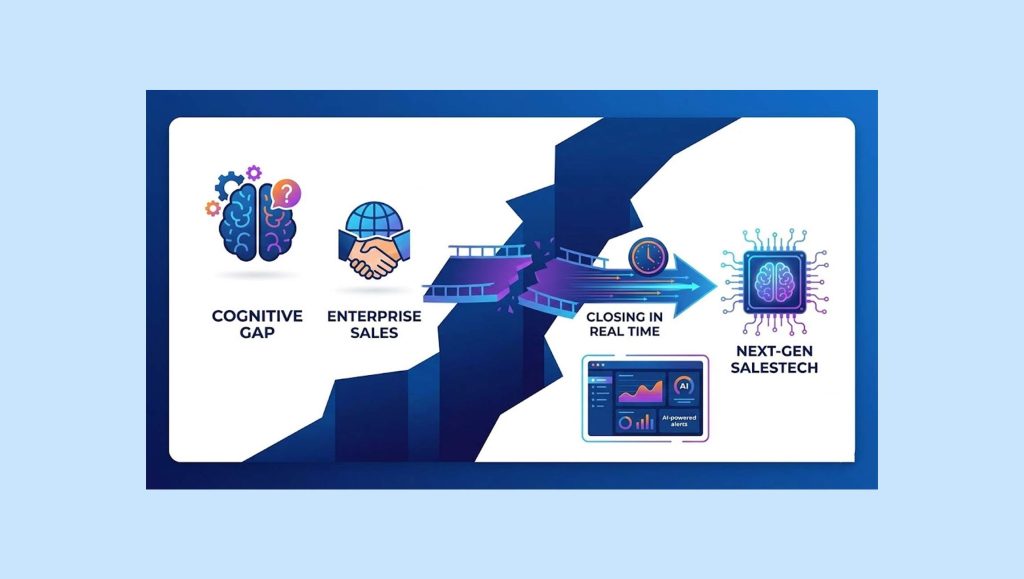
The grocery shopper’s path to purchase from digital to in-store and other online environments has always been obscure. Chicory, the leading digital shopper marketing platform, conducted a survey of 1,041 consumers who are the primary cooks in their households in order to discover how digital habits influence in-store and digital grocery purchases.
These are just a few of the key insights from Chicory’s new consumer survey, Digital Planning and Shopping in an Omnichannel World, also summarized in an infographic.
Read More: Signifyd Closes $205 Million Funding Round To Extend Identity-Centric Commerce Protection Across…
Key findings include:
Digital food inspiration directly affects grocery purchases
- When asked to select all that apply, overall respondents chose food blogs (38%) as the top source for meal inspiration, exceeding large recipe publishers (35%) and Pinterest (34%).
- In order to make sure that they actually cook recipes, 53% of respondents take a screenshot of the recipe, 35% bookmark it, 32% email it to themselves and 27% print it out, demonstrating that there’s a significant gap between the moment of digital inspiration and the methods that consumers use to create shopping lists for purchase.
- 25% of respondents manually write the ingredients down to shop for them in the store, indicating omnichannel planning.
- An average of 19% of respondents have digital-first habits, such as saving recipes on social media and adding ingredients to digital shopping carts.
- When asked to order likelihood of purchasing advertised or promoted products, respondents answered that ads in digital recipes (3.23 weighted average on 1-5 scale) are the top context to get shoppers to buy products, slightly surpassing ads on retailer’s websites (3.22). This is closely followed by shoppable tech (3.14), like a ‘buy ingredients’ button in a digital recipe, outweighing both an ad on a coupon/circular website and an ad on social media.
Grocery orders that start online often end in-store
- Confirming industry data that BOPIS (buy online, pick up in-store) is the fastest growing and most popular method of fulfillment for online grocery shoppers, 46% of respondents indicated that they pick up their order in the store after adding items to their digital carts.
- 44% of respondents check out for grocery delivery.
- Among the 42% of respondents who come back to check out later, they check out in:
- Less than a week: 77%
- 7-13 days: 17%
- 14-29: 4%
- 30+ days: 2%
- 39% either go to the store to physically shop for the items that they add into their digital carts or convert the digital cart into an actual shopping list.
Read More: Acorio Adds Vice President Of Consulting Services And Names New ServiceNow Practice Leads
The value of getting on the shopping list
- 85% of surveyed online grocery shoppers are likely to buy the same things weekly and 80% are likely to repeat previous grocery shopping orders.
- Households’ primary cooks are least likely to add items throughout the week as they see inspiration from places like digital recipes, television commercials, TikTok videos, Instagram posts and digital display ads, and are most likely to add grocery items to their digital shopping carts all at once.
- The weighted average of each response is as follows:
- Do it all at once: 3.77
- Buy the same things weekly: 3.61
- Look at prior shopping lists/repeat by order: 3.57
- Add throughout the week as you see inspiration: 3.17
- The likelihood of repeating prior purchases increases by 12% as household size increases from 1-2 person households to 6+ person households, and buying the same things weekly increases by 25%.
Shoppers discover new grocery products through new and traditional digital channels
- Over half (56%) of our survey respondents discover new grocery products online directly through retailer.com, or the retailer’s ecommerce site.
- Nearly a third (31%) of respondents find new products on digital recipe sites.
- 27% of respondents use digital circular and coupon services and websites to find new products, implying that about a quarter of consumers are firstly motivated by price.
- The various social media channels, including Facebook, Youtube, Pinterest and Instagram (excluding TikTok, 11%) are nearly even, with an average of 20%.
- Finally, 21% of respondents find new products through digital ads.
Yuni Sameshima, CEO and Co-Founder of Chicory, says:
“At Chicory, we firmly believe that omnichannel shopping behaviors are here to stay, but historically, it’s been difficult to decipher the omnichannel path to purchase. Through this consumer survey, we found that digital habits greatly influence shoppers’ online and in-store shopping behaviors. Notably, we were able to quantify the value of getting a product into a digital shopping cart, as 85% of surveyed online grocery shoppers are likely to buy the same things weekly and 80% are likely to repeat previous grocery shopping orders.
“Many of today’s omnichannel shoppers start their grocery shop and search for inspiration online, and then move through ecommerce channels or exit the digital environment and end their purchase in-store.
“As such, creating a seamless omnichannel experience that spans both on-and offline is more important than ever before because today’s shoppers demonstrate unprecedented and varied grocery shopping behaviors and purchase journeys.”






















